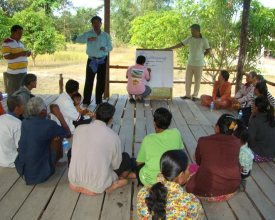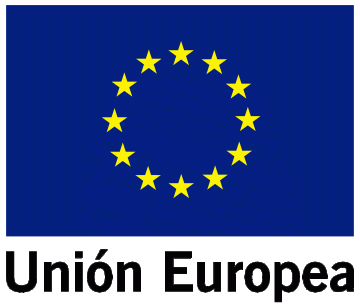
Adaptive, community-driven and resilient co-management plan
The process to develop an adaptive, community-driven and resilient co-management plan for the Peam Krasop Wildlife Sanctuary (PKWS) in Cambodia addresses the need for climate change adaptation through a participatory approach. This plan will support ecosystem and social resilience through maintenance and restoration of mangrove areas; the development of alternative livelihoods, as well as conservation of key species.
Context
Challenges addressed
Location
Process
Summary of the process
Building Blocks
Understanding local impacts and threats
Enabling factors
Lesson learned
Creating ownership
Enabling factors
Lesson learned
Testing of conservation and rehabilitation techniques
Enabling factors
Lesson learned
Developing a management plan of shared solutions
Enabling factors
Lesson learned
National upscaling and transboundary exchanges
Enabling factors
Lesson learned
Impacts
The channel dredging intervention will bring two main benefits to the people of Koh Kapik. Firstly, it will result in socio-economic benefits. It will enable the local community members to gain better access to health care, education and a fresh water supply. In addition, it will also improve livelihoods of local people, as they can go fishing every day without the struggle of boat navigation and they will spend fewer amounts of time and money on fuel. Besides this, it will improve the exchange of goods and services, such as bringing in rice and other basic commodities and getting goods out from the capture fisheries. Twenty-four hour access to this channel will help local people reduce their vulnerabilities to natural hazards such as storms, as they can use the channel to escape. Prior to the channel, they had to use sea routes which were more exposed to hazard. Secondly, it will bring environmental benefits to community dwellers. The dredging will improve biodiversity resources by facilitating movements of some aquatic species and by improving the water quality. It will also help increase aquatic resources living in the mangrove forests.


